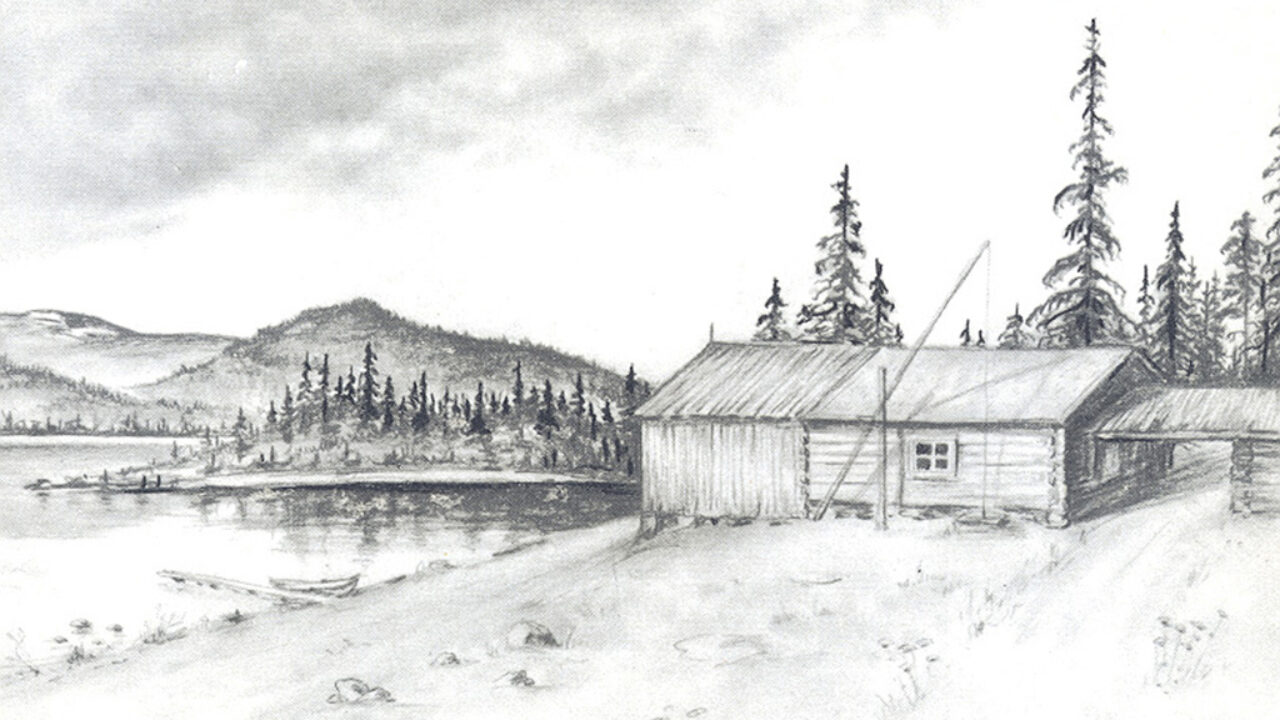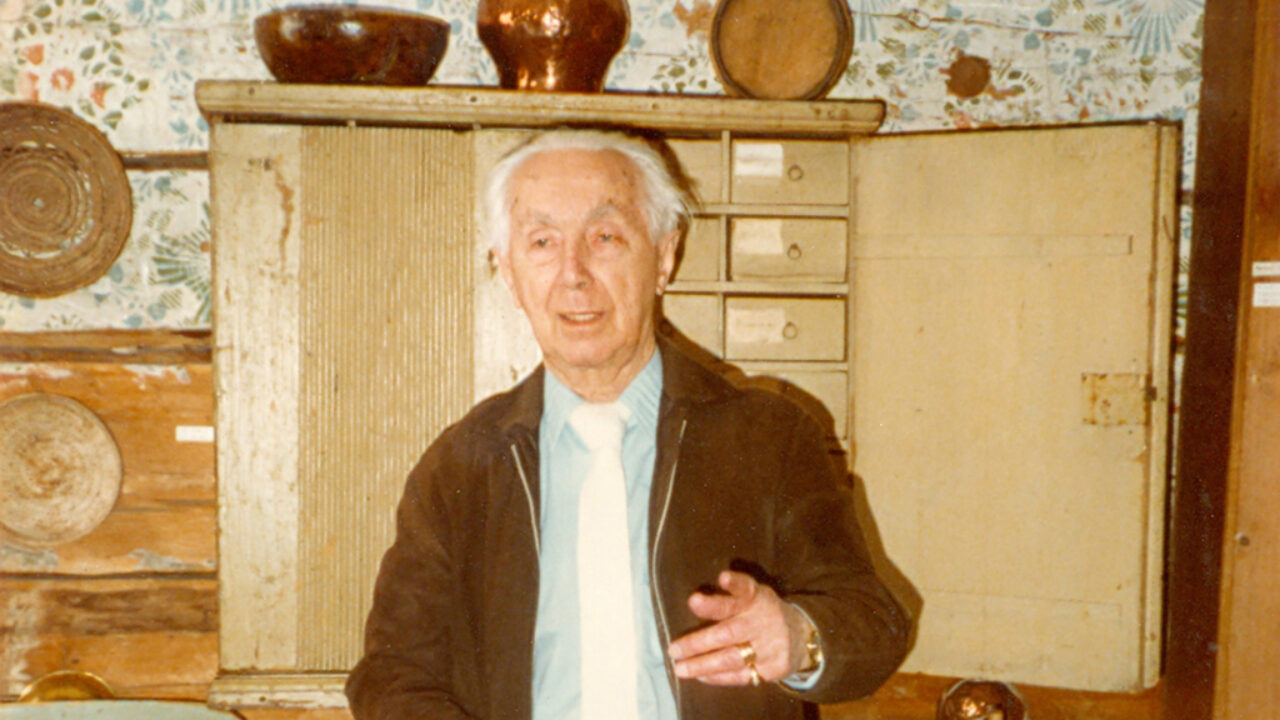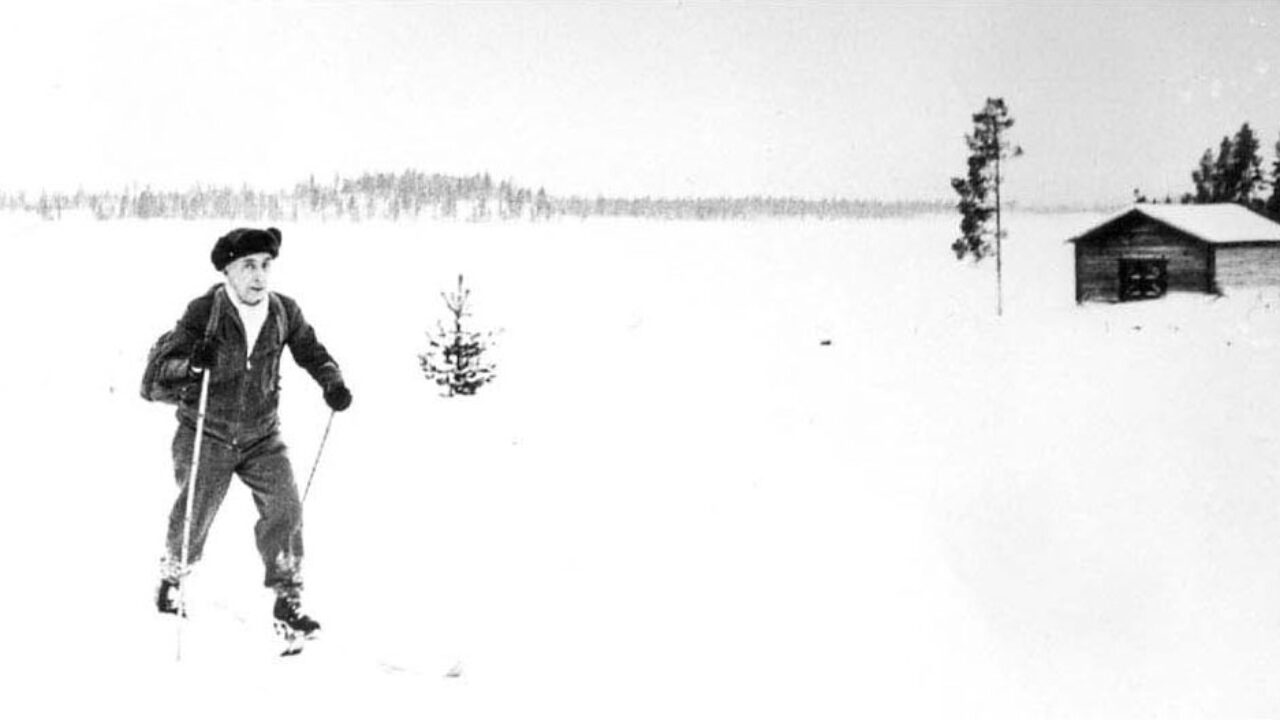It was in the late summer of 1922 that the 26-year-old, newly qualified doctor Einar Wallquist arrived in Arjeplog to take up the newly created post of provincial doctor.
Raised in Dalsland, educated in Stockholm - so why Arjeplog? "Yes, it was probably a touch of wilderness romance," Dr. Wallquist later explained why he chose life as a lone doctor in the sparsely populated municipality over the security of working among colleagues at a hospital in the big city.
If it was wilderness romance, it held him in its grip - Dr. Wallquist would spend his entire working life in the mountain community.

As a provincial doctor, Einar Wallquist was in many ways a pioneer. He was interested in preventive health work, what we call wellness today.
Children's health and well-being were particularly close to the Doctor's heart and, in addition to pure health care, he wanted to ensure that the children who could not live at home during the school terms had the best possible time at school. To keep the children amused, the Doctor would organize story times, games or skiing competitions.
The long medical journeys in the vast district meant that Dr. Wallquist was occasionally allowed to stay overnight at his patients' homes. This sparked his interest in the people and culture of the area, and the doctor soon began his diligent collection of objects and facts from the Arjeplog region.
He collected everything - objects, photographs, archive documents, stories. His documentation came to cover everything imaginable; how to take care of newborn babies, how to mow their marsh hay, cook, etc.
After forty years as a doctor and a few years in retirement, Einar Wallquist was able to open the Silvermuseet in October 1965, filled with the cultural objects he had so insightfully collected during a long professional life. For twenty years, until his death at the age of almost ninety in December 1985, the Doctor was the director of the Silvermuseet.
Einar Wallquist's books, with their lively and vivid descriptions of a doctor's everyday life in Lapland, reached a large readership and topped the bookshops' sales lists for many years.
The first book, Kan Doktorn komma? (Can the Doctor Come?), was published in 1935 and was followed by a further 25 or so works of fiction, the vast majority also illustrated by the author. Einar Wallquist's bibliography also includes medical non-fiction and cultural history books.
When the working day was over, Dr. Wallquist liked to get out his brushes and crayons and sit down to paint. His watercolors with motifs from the area around Arjeplog were much appreciated, as were the many portraits of Arjeplog residents that, during everyday small talk, emerged as the doctor depicted his patients while they were in silence in the infirmary.

Research and knowledge building were also important to the Doctor, and ever since the Silvermuseet was founded, they have been important parts of its activities. Dr. Einar Wallquist participated with great interest, especially in the research related to archaeology and history in the surroundings of Arjeplog. As a doctor, he was one of those who at an early stage researched acute intermittent porphyria, the so-called family disease. The disease, which is caused by a change in one of our genes, has been described in international medical literature since the late 19th century, but in Sweden it was Dr. Wallquist who first drew attention to it.
Ingela Bergman, director of the Silvermuseet in Arjeplog from 1986 to 2020, got to know the doctor during her first years in Arjeplog. Here you can read her personal account of the "Lapland Doctor".





